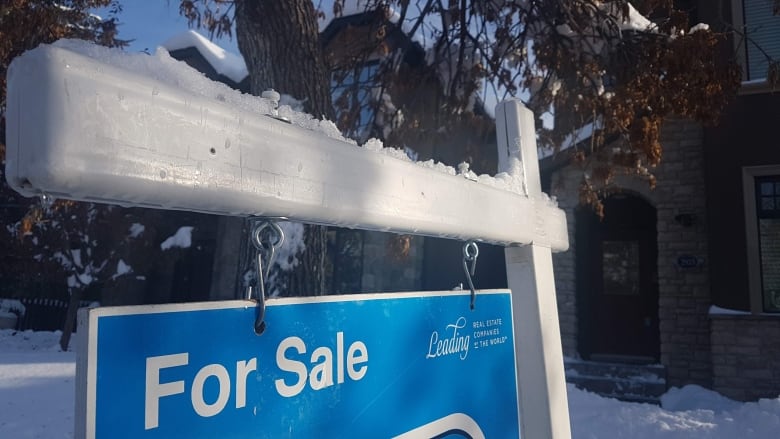Yellowknife house prices not up 50 per cent, like data suggests
Such a small sample size can be skewed by one unusual sale, says Adrian Bell

A real estate brokerin Yellowknife says data from the Canadian Real Estate Association (CREA) which sayshome prices have jumped 50 per cent over the past year can't be trusted.
The association suggests the average price of a home in the Northwest Territories rose from $296,817 in February 2020 to $439,591 in just one year.But Adrian Bell, a broker at Century 21 Prospect Realty, said the data relies on a small sample size that can be skewed by a single sale.
"You have to be careful with assumptions you make based on these numbers," he said. "You can't really draw any reliable averages and trends when you're in these slow months."
Canada's real estate association said six homes were sold in February of last year, and in February this year.
Without knowing the type of sales made and the size of the units or homes sold, the number is unreliable, said Bell.
"It's going to look like they skyrocketed," he said, when in reality the sample size is too small and larger homes can skew the averages.
A small sample size would also suggest a 50 per cent increase in activity,if there were 10 sales in a single month last year compared to 15 the following year, he said.
That kind of increase would draw a lot of attention in a bigger city, but in Yellowknife, "it's just a fluke," he said.
"[In] April and May, when there are more sales, then [those numbers are] a little more reliablebecause it's a bigger sample size and one unusual sale can't throw the numbers off."
Although housing markets in other parts of the country have been increasing dramatically, Bell said there was certainly not a 50 per cent increase in prices in Yellowknife.
Instead, he estimates the price of a three-bedroom, two-bathroom modular home might have seen a seven to eight per cent increase over the last year.
The territory hasexperienced similar pandemic-related trends seen in other jurisdictions.
"It was shock in March and April but then in May and June, things bounced back and just went through the roof," said Bell.
There were "more transactions, higher sale prices, [and] fewer days on the market," he said. "The inventory, the number of listings available, started dropping."
Bell suspects fewer people are selling their homes in Yellowknife because they know it'll be very difficult to navigate tougher COVID-19 rules outside of the N.W.T.












_(720p).jpg)


 OFFICIAL HD MUSIC VIDEO.jpg)
.jpg)



























































































